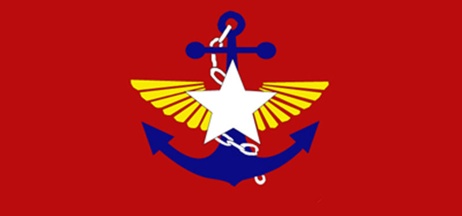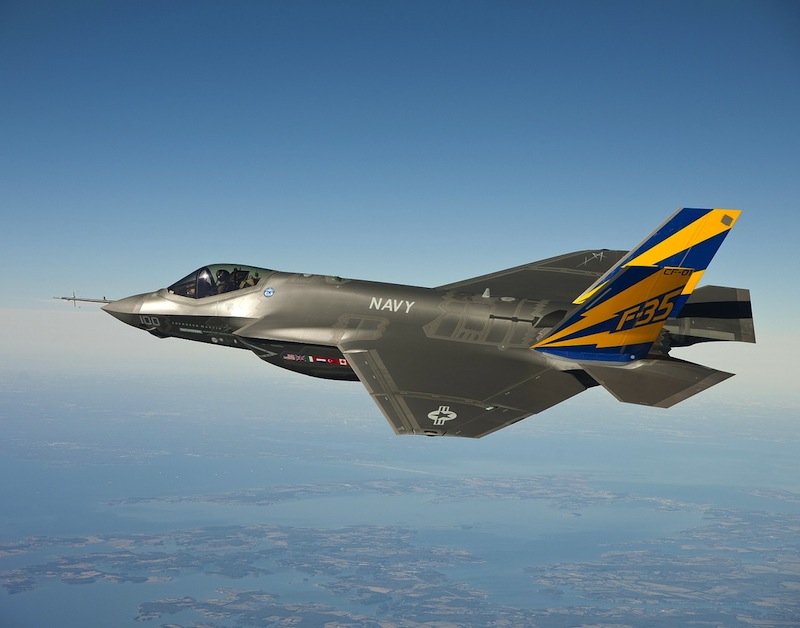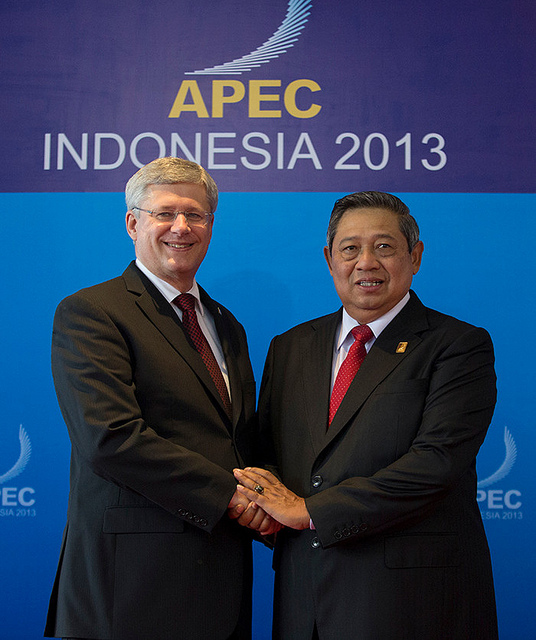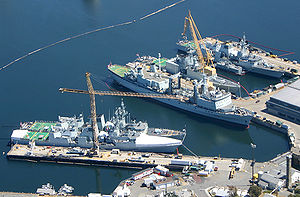
In the past few years, the Republic of the Union of Myanmar (formerly known as Burma), has undergone an opening to the outside world as the military continues to cede its long-held power. Simultaneously, Burma has turned to the sea, with the long army-dominated military investing substantial funds to the rapid expansion and modernization of the Myanmar Navy. This article will provide a brief primer on Myanmar’s naval modernization.
Largely overshadowed by Myanmar’s political and economic opening, as well as the long-running ethnic conflicts in the interior of the country, Myanmar is acting upon its growing reliance of the importance of the Bay of Bengal to the country’s future. In the past decade, the Myanmar Navy has grown from a force of aged and obsolete vessels quite ineffective at even their coastal ‘brown-water’ role, into a force developing some oceanic ‘blue-water’ capabilities. The key driver for this changes is the importance of securing Myanmar’s substantial exclusive economic zone (EEZ), stretching along the country’s 1930 kilometers of coastline. In particular, the Myanmar government is working to secure the substantial offshore oil and natural gas deposits, as well as the rich fishing waters of the Andaman Sea, an area that has witnessed significant foreign exploitation.
The securing of offshore oil and gas deposits, as well as fishing grounds, does not necessarily require a combat fleet. The factor that has resulted in Myanmar focusing on naval development, as opposed to the development of a capable coast guard, was a maritime dispute with neighbouring Bangladesh over areas of the Bay of Bengal that contained substantial offshore oil and gas deposits. In 2008, the dispute escalated as each country sent naval ships to the disputed area. While the dispute was settled amicably in Bangladesh’s favour in 2012 by an international court, in late 2013 the government announced plans to develop a ‘three dimensional force,’ in other words, a submarine capability, demonstrating its intent to add some proverbial teeth to its maritime claims.
The Myanmar Navy’s sea-going combat fleet is not very large. The bulk of the fleet is composed of five (light) frigates and three corvettes. The flagship of the fleet is the indigenously built Union of Myanmar Ship (UMS) Aung Zeya, the sole ship of the design/class. Commissioned in 2011 and displacing 2500 tons, the Aug Zeya carries eight Russian-built Kh-35 anti-ship cruise missiles. The Aung Zeya was followed by another class of indigenously-built frigates, the Kyan Sittha-class. Two ships of the class are in service having been commissioned in 2014 and 2015 respectively. Displacing approximately 3000 tons, the Kyan Sittha-class also carries eight Kh-35 anti-ship missiles amongst other weapons. In addition, the ships of the class have a hangar to enable helicopter operations. Compared to the sole Aung Zeya-class light frigate, the Kyan Sittha-class boats more sophisticated electronics but shares a weakness with the earlier design: a very weak air defence capability. Given that Myanmar intends to procure at least six ships of the Kyan Sittha-class, this shortcoming may be addressed in future ships. Complementing these vessels and replacing older, smaller, obsolete vessels, Myanmar has purchased two second-hand Chinese Type 053/Jianghu II-class light frigates, with both ships being delivered in 2012. These ships carry eight Chinese-built C-802 anti-ship missiles each but lack aviation facilities. They are likely intended to boost fleet size and serve as patrol-capable training vessels until newer ships are procured in the future.
As with many small navies, the Myanmar Navy’s small force of frigates is complemented by lighter and less expensive corvettes and large missile boats. The navy currently operates three corvettes and 13 large missile boats. Most notable among these is the indigenously-built Anwrahta-class corvettes. First commissioned in 2001, the three ships of the class displace 1100 tons and carry four Chinese-built C-802 anti-ship missiles. Given their small size, they feature only a helicopter deck, lacking a hangar that would facilitate the embarking of a helicopter. Complementing the corvettes are the 13 large missiles boats of four classes. Mostly of recent construction and all armed with four Chinese-built C-802 anti-ship missiles, amongst other weapons, this part of the fleet is quite capable. Nevertheless, Myanmar needs to replace some of the older vessels, namely the six Chinese-built Houxin-class. Given the recent indigenous construction of two larger and ‘stealthier’ missile boats, it appears that the Myanmar Navy plans to retain a substantial littoral warfare arm despite its blue-water modernization goals.
Topping off its naval combat capabilities, Myanmar announced in 2013 that it would acquire two submarines by 2019. Should this plan come into fruition, it would be Myanmar’s first submarine experience and would mark a continuation of an Asia-wide development of new submarine fleets. It is unclear which submarine class Myanmar will procure but likely candidates are the Russian Kilo-class and Chinese Yuan-class submarines, or potentially, second-hand Chinese-built Ming-class submarines in the interim. While the latter class is of obsolete design, they can be purchased at very low price and can serve in a useful training role until new submarines are purchased, built, and brought into operation. Even when new submarines enter service, it will take a number of years before Myanmar becomes proficient in the operation, making the submarine service a long-term project for the country.
The Myanmar Navy is undergoing rapid modernization and expansion. It is acquiring larger and more capable ships of various design, notably producing them indigenously, albeit based off foreign designs and equipped with foreign equipment. The Navy is developing new capabilities that enable it to patrol the country’s long coastline and secure its offshore natural resources. At the same time, however, the navy is unambiguously developing significant combat capabilities, best put on display by its interest in purchasing submarines. In this sense, Myanmar is a relative later-comer to the rest of the maritime Indo-Pacific, joining the quite frantic naval expansion in a bid to secure offshore resources and enforce maritime claims.




